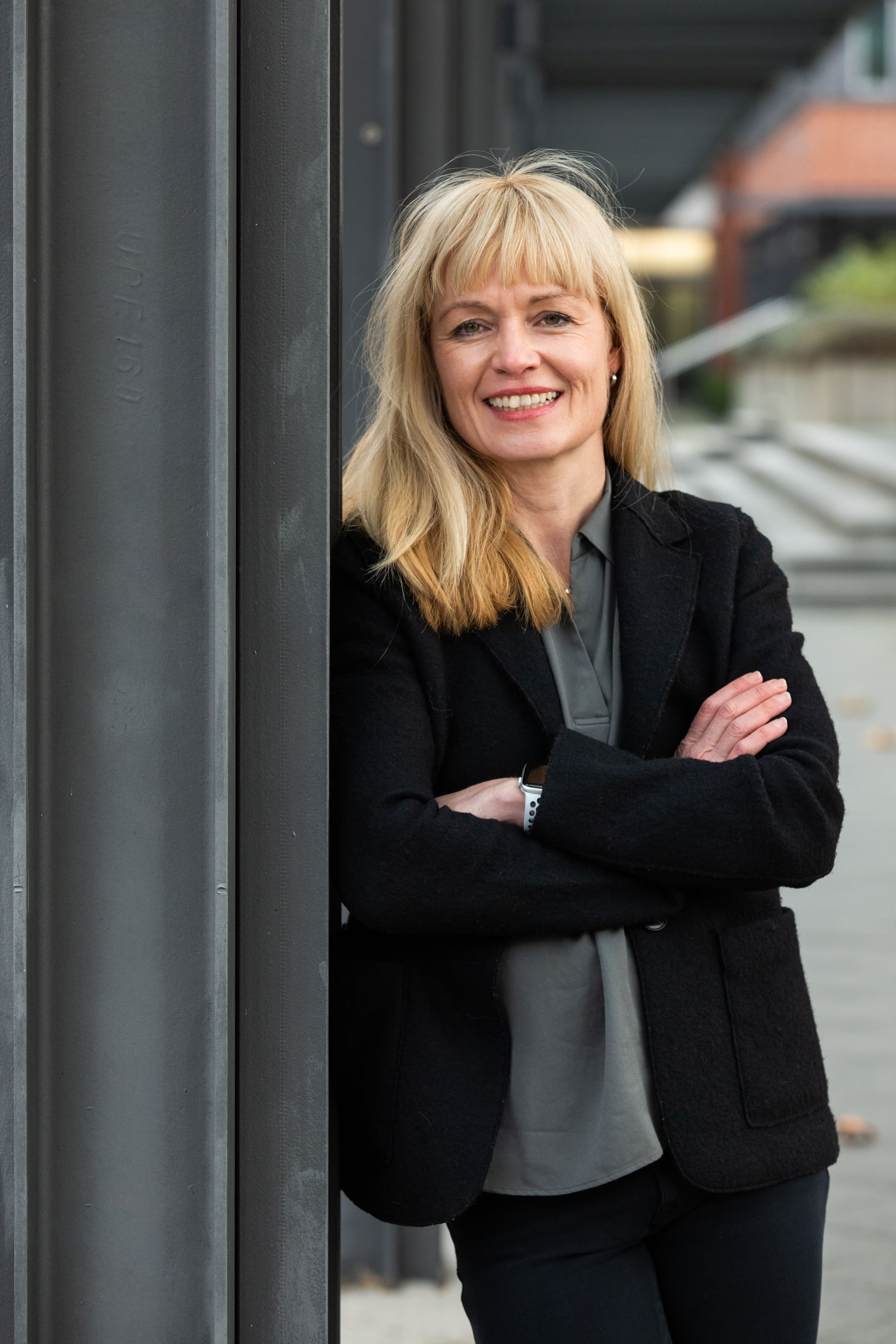The recording as a video is now available on the KWS Art homepage and the Art at KWS YouTube channel.
Degenhard Andrulat, born in 1954 in Salzgitter, studied at the Hochschule für Bildende Künste in Braunschweig from 1977 to 1983 and received renowned awards for his work as early as the 1990s. The artist, who lives and works in Hanover, has long been engaged with the interaction between art and science. “The white canvas challenges me,” said Andrulat about the creation of his works, which deal with the representation of space and light without ever becoming figurative. His goal is for viewers to be able to reconstruct the images in a comprehensible way; this is reflected in his explanatory titles like “Double Gray Long Blue” or “Horizontal Red Yellow Isles.” Degenhard Andrulat: “Although I cannot imagine what others might envision.” The works are created according to his own plan, following his grammar for images. He can also repaint or even discard images if they do not succeed.
Professor Dr. Ulrich Kalinke sees parallels to scientific work here. Research must learn that the resulting image can be revised every day, said the managing director of the TWINCORE Center for Experimental and Clinical Infection Research. Even the hypothesis to be tested is a challenge. “With a wrong idea, you have no chance to learn anything,” said Kalinke. One must also have the courage to “fail spectacularly” and start anew with one’s considerations. This courage to make decisions is something science can indeed learn from art, said the virologist.
“As a plant breeder and research company, we rely on qualities like curiosity, willingness to experiment, and openness,” said KWS board member Dr. Felix Büchting. “Innovation needs space to develop—just like creativity in art.” The employees in the Biotechnikum research building gain new impressions and impulses from the art regularly displayed there, apart from looking through the microscope or into the Petri dish.
The artistic process of creating images is not bound to any specific purpose, said Stefan Becker, the chairman of the Sprengelfreunde and spokesperson for Sparkasse Hannover. Unlike applied scientific questions, art enjoys the freedom of being an experiment with an open outcome. For that, science must be verifiable. The creative processes in art and science are similar, Becker noted. In both disciplines, observation, study, and experimentation take place, although the path to the goal differs. However, it is the case that in the abundance of scientific information today, the data does not always speak for itself, and the artist must also achieve the moment when the art speaks to the viewers, added Prof. Dr. Ulrich Kalinke.
The online exhibition can still be viewed at www.kws.com/gegenhochdoppel. Numerous photos document the hanging in the Biotechnikum, background information explains the process of creating the works. The video recording of the artist talk can also be found on the homepage and on the Art at KWS YouTube Channel.

